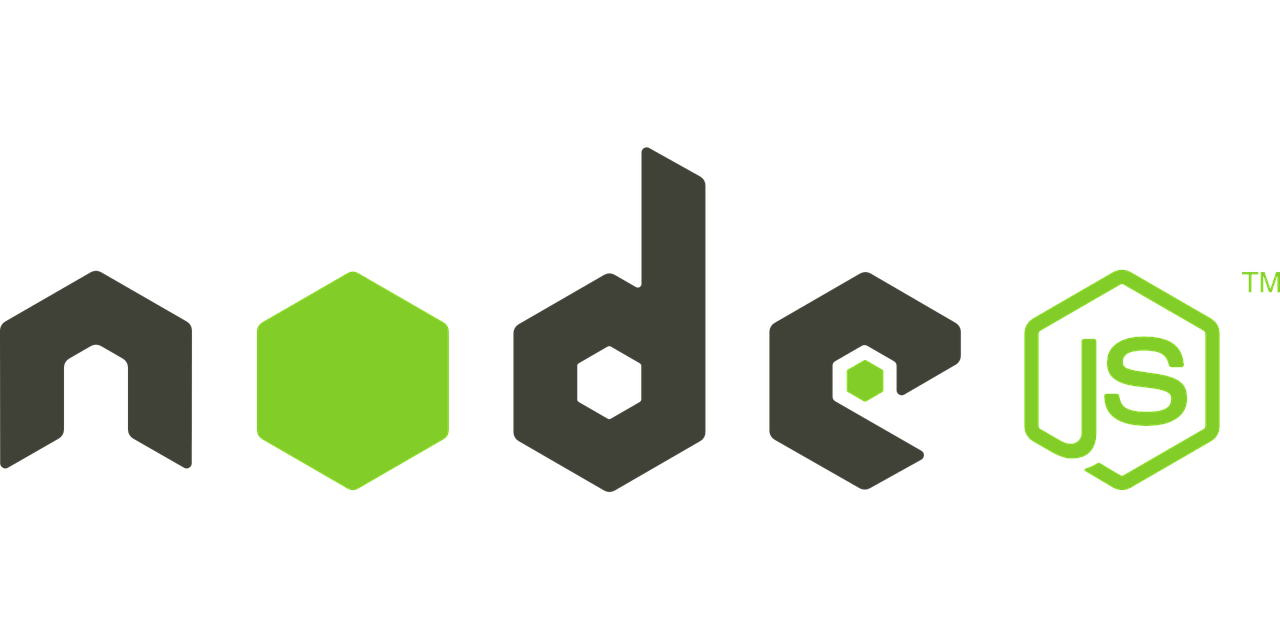

It only knows about bytes and blocks, and only contains basic elements. The core of GStreamer is essentially media-agnostic. codecs) and other platform input/output mechanisms. Via plugins, GStreamer can bridge to other multimedia frameworks to reuse existing components (e.g.

A mechanism for media type handling/negotiation.Its main advantages are that the pluggable components can be mixed into arbitrary pipelines so that it’s possible to write a video or audio editing application. GStreamer, however, offers much more than other media players. As a developer, you can use an extensive set of powerful tools to create media pipelines without writing a single line of code.īy default, GStreamer includes components for building a media player with support for a very wide variety of formats, including MP3, Ogg/Vorbis, MPEG-1/2, AVI, QuickTime, mod, and so on. One of the major use cases of GStreamer is for building media players. In this post, we’ll talk about GStreamer’s functionalities and setting it up with Node through the following sections: However, as of the time of writing, there is no official Node.js port/binding for GStreamer applications. The plugin-based framework provides various codec and other functionalities that can be linked and arranged in a pipeline, which defines the flow of the data. It also provides an API to write applications using the various plugins. GStreamer core provides a framework for plugins, data flow, and media type handling. With the GStreamer framework, it is possible to design and build low-latency applications that can handle any kind of streaming data flow, including both audio and video capabilities. GStreamer is a framework for creating streaming media applications. React, Node.js, Python, and other developer tools and libraries.
#Nodejs audiodevice software#
Alexander Nnakwue Follow Software engineer.


 0 kommentar(er)
0 kommentar(er)
